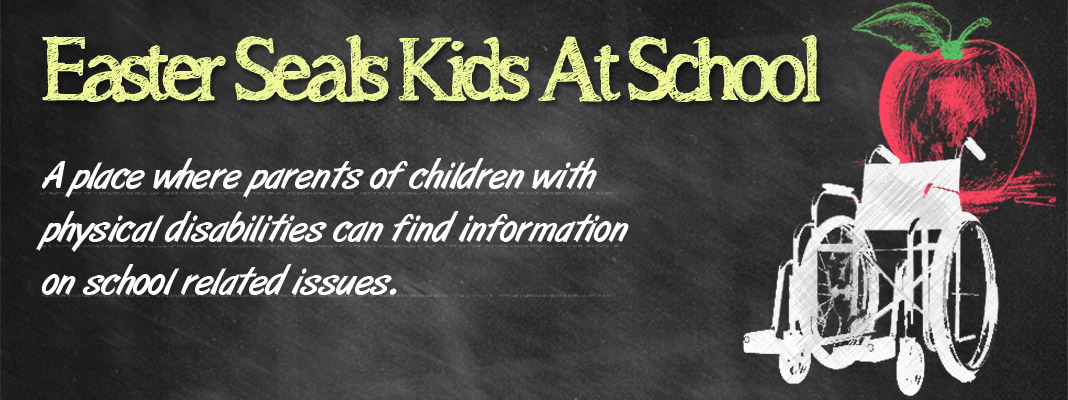With the new school season well-underway, many parents are focused on getting their children settled into their new routine. Parents may not be aware that as soon as the school year begins, so should conversations about IEPs. The Individual Education Plan (IEP) is the key document that supports success in the classroom. An IEP lists any accommodations, modifications, and teaching/assessment strategies that are helpful for the student.
Did you know that the school principal must ensure that all Individual Education Plans (IEPs) are developed or reviewed within 30 days of the new school year? This is typically done by Thanksgiving.
If your child has never had an IEP and you believe they should have one, here are some steps you can take:
- Arrange a meeting with the teacher to discuss the need for developing an IEP. Bring a list of supports that will help your child settle quickly into the new classroom.
- Find out what supports will be available immediately and what will need to be arranged. Request a timeline for when your child can expect to receive supports that are not yet available.
- Following the meeting, either the special education or classroom teacher should contact you and invite your input for the IEP. As a parent, it is your job to review the IEP and ensure your child’s needs are well-documented. You should also include strategies that support your child’s success in the classroom. To encourage the development of self-advocacy skills, consider inviting your child to be involved in this process, especially if they are older. Your child may be able to report on what is happening in the classroom and if they are getting an appropriate level of support. When providing your input, consider including:
- Successes from your child’s last school year
- Information on equipment or personal care needs of your child
- Recent changes in your child’s health or behaviour
- Details of any community support programs or therapists involved with your child
- Concerns you have about your child’s academic or social skills
- When the new IEP is sent home, review it carefully to make sure that your input has been included. If it has not been included, be sure to leave a note indicating so.
- Over the next few months, monitor whether the accommodations and supports are in place, as well as your child’s progress. If your child is exceeding the program goals, or having difficulty meeting learning expectations, request a meeting, or make sure the IEP is updated at the next IEP review.
Your child can obtain an IEP with or without undergoing the Identification, Placement, and Review Committee (IPRC) process, however, there are a number of benefits to going the route of the IPRC (including legal protections). Parents are highly encouraged to request an IPRC meeting to obtain both the IEP and a formal “exceptional student” designation for their child.
If your child had an IEP last year (which needs to be reviewed or updated), ask yourself the following questions:
- Was my child’s program accommodated (AC), modified (MOD) or an alternative program (ALT)?
- If accommodations were included in the IEP (either environmental, instructional, or for assessment):
- Has my child been receiving all of the accommodations as listed?
- Did the accommodations help my child?
- If the program was modified from the grade level:
- What were the Learning Expectations? Did my child achieve these expectations?
- What were the Teaching Strategies used last year? Were these strategies helpful?
- What were the Assessment Methods that were used? Did these methods effectively demonstrate my child’s progress?
- If my child had an Alternative Program:
- What was the Annual Goal for the program?
- Did my child achieve the Learning Expectations?
- Were the teaching strategies and assessment methods helpful?
- If there was a transition plan for the change of grade or school, was it put in place?
- Was the transition plan helpful?
- Are there any additional strategies that might help future transitions?
- (If the transition plan related to the end of high school) were the long term goals for after high school appropriate?
- Is the IEP’s “Log of Parent/Student Consultation” accurate? Does it reflect my most recent input?
- Have I returned the Parent Consultation form to confirm I have reviewed the draft IEP and provided additional feedback?
If you have concerns about your child after 6-8 weeks, consider asking for a meeting to find out whether the teacher has the same concerns. Together you can try to figure out the problem and make any necessary changes.
For more information on Individual Education Plans, check out the Ministry of Education, Individual Education Plan A Resource Guide in Section E: Special education in Ontario Kindergarten to Grade 12 – Policy and resource guide | ontario.ca
You can also use the Parent IEP Checklist to review the IEP.
